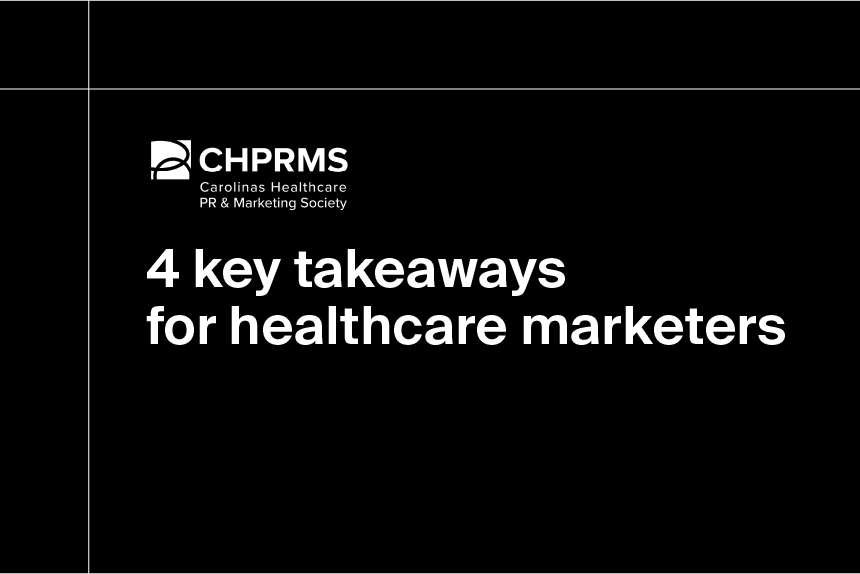Patients are no longer relying solely on hospitals to receive preventative care and treatment. As the COVID-19 pandemic changed how patients interact with their doctors, demand has shifted in new directions. Now, patients are seeking new, affordable, and convenient ways to receive the care they need.
While this demand encouraged the growth of retail clinics, freestanding imaging centers, and outpatient surgery centers, industry experts have become increasingly concerned. Many speculate about the fragmentation of care across the healthcare system and the increasing costs of services.
With the rise of outpatient care centers, short-term care facilities are being used less. Now, these facilities must realign their strategies to prevent patient leakage and reduce revenue loss.
What are short-term acute care hospitals?
When most people picture a hospital, they think of a short-term acute care (STAC) hospital. In fact, short-term acute care hospitals are the most common type of hospitals in the U.S., accounting for more than half of all hospitals.
STAC hospitals are where most patients typically seek care for outpatient visits or short inpatient visits that don’t require rehabilitation. These facilities usually treat patients who are recovering from surgery, need treatment for a severe injury, or have an urgent medical condition.
What are the largest short-term acute care hospitals?
Identifying which STAC hospitals are the largest depends on the measurement. For example, if we examined hospital size by square footage, we’d see that Vanderbilt University Medical Center in Nashville, Tennessee is the largest short-term acute care hospital in the U.S., at 8.3 million square feet.
However, other metrics such as net patient revenue (NPR) or the number of staffed beds can be used to rank the largest short-term acute care hospitals in the U.S. from a financial or capacity perspective.
Below, we explore the top short-term acute care hospitals by net patient revenue, staffed beds, and average length of stay. Data is from the Medicare Cost Report and is from the most recent 12-month interval tracked in our database.
Top 5 short-term acute care hospitals by net patient revenue
| Hospital name | Definitive ID | Net patient revenue | Number of staffed beds |
| New York-Presbyterian/Weill Cornell Medical Center | 541974 | $7,691,623,214 | 862 |
| Tisch Hospital | 2843 | $6,636,774,000 | 725 |
| Cleveland Clinic Main Campus | 3120 | $6,378,833,101 | 1,299 |
| Stanford Hospital - 300 Pasteur Dr | 588 | $6,216,040,779 | 573 |
| AdventHealth Orlando (FKA Florida Hospital Orlando) | 873 | $5,403,037,761 | 2,247 |
Fig 1. Data is from the Definitive Healthcare HospitalView product. Data is from the Medicare Cost Report and is from the most recent 12-month interval tracked in our database. Data accessed August 2023.
Despite being the most prolific type of hospital in the U.S., STAC facilities are vastly outnumbered by urgent care clinics and ambulatory surgery centers. Where there are roughly 3,900 active STAC hospitals, there are more than 10,000 urgent care clinics and 9,100 ambulatory surgery centers (ASCs) in the U.S.
Currently, two of the top short-term acute care hospitals with the highest net patient revenue are located in New York. The other hospitals that top the list are based in Ohio, California, and Florida. Being located in or near highly populated metropolitan areas likely contributes to these facilities having high NPR.
Top 5 short-term acute care hospitals by staffed beds
| Hospital name | Definitive ID | Net patient revenue | Number of staffed beds |
| AdventHealth Orlando (FKA Florida Hospital Orlando) | 873 | $5,403,037,761 | 2,247 |
| Jackson Memorial Hospital | 845 | $1,471,427,135 | 1,893 |
| Baptist Medical Center | 3860 | $1,240,364,573 | 1,451 |
| Montefiore Hospital - Moses Campus | 273024 | $3,013,724,000 | 1,410 |
| Cleveland Clinic Main Campus | 3120 | $6,378,833,101 | 1,299 |
Fig 2. Data is from the Definitive Healthcare HospitalView product. Data accessed August 2023.
From the two tables above, we can see that a greater number of staffed beds does not necessarily cause an equally high NPR, as not all five hospitals appear on both lists. However, there could be some correlation as AdventHealth Orlando and Cleveland Clinic Main Campus do make the top five in the list for highest net patient revenue and number of staffed beds.
In the table below, we rank the top five short-term acute care hospitals by average length of stay. The data represents only hospitals that have greater than 100 discharges in the most recent 12-month interval tracked in our database, according to the Medicare Cost Report.
Top 5 short-term acute care hospitals by the length of stay
| Hospital name | Definitive ID | Net patient revenue | Average length of stay for hospitals with greater than 100 discharges |
| Eastern State Hospital | 4282 | $5,580,799 | 44 |
| Levindale Hebrew Geriatric Center & Hospital (AKA Levindale) | 5112 | $95,298,757 | 29.6 |
| Behavioral Wellness Center at Girard | 5962 | $31,740,185 | 29.1 |
| Wilmington Treatment Center | 4830 | $32,405,652 | 28.7 |
| Hospital Universitario Dr Ruiz Arnau | 4636 | $11,576,374 | 24.3 |
Fig 3. Data is from the Definitive Healthcare HospitalView product. Data is representative of only short-term acute care hospitals with greater than 100 discharges in the most recent 12-month interval tracked in our database. Data accessed August 2023.
One challenge facing short-term acute care hospitals is patient length of stay. Longer lengths of stay have been linked to higher readmission rates, particularly for cardiovascular issues. Patients are more likely to contract hospital-acquired infections (HAIs) or other hospital-acquired conditions (HACs) the longer their hospital stay.
For facilities like Eastern State Hospital, where the average stay is more than a month, patients are more likely to develop HACs during their stay. High rates of HACs hurt a hospital’s net revenue and likely increase the hospital’s risk of receiving penalties from the Centers for Medicare and Medicaid Services.
Longer lengths of stay also decrease patient turnover, as there are few unoccupied beds, reducing the number of patients a hospital can hold for treatment. This could lead to patient transfers to other facilities, resulting in greater revenue loss.
Short-term versus long-term acute care hospitals
The short-term acute care model differs from long-term acute care hospitals in several ways. Long-term acute care (LTAC) hospitals operate in a similar manner to short-term but focus on patients staying more than 25 days.
In addition to short-term services, long-term acute care hospitals generally offer comprehensive rehabilitation, respiratory therapy, treatment for head trauma, and pain management services.
Acute care facilities, on the other hand, provide short-term medical services. Examples of acute care include trauma care, emergency medicine, urgent care, and critical care, to name a few.
Learn more
Healthcare Insights are developed with healthcare commercial intelligence from the Definitive Healthcare platform. Want even more insights? Start a free trial now and get access to the latest healthcare commercial intelligence on hospitals, physicians, and other healthcare providers.




